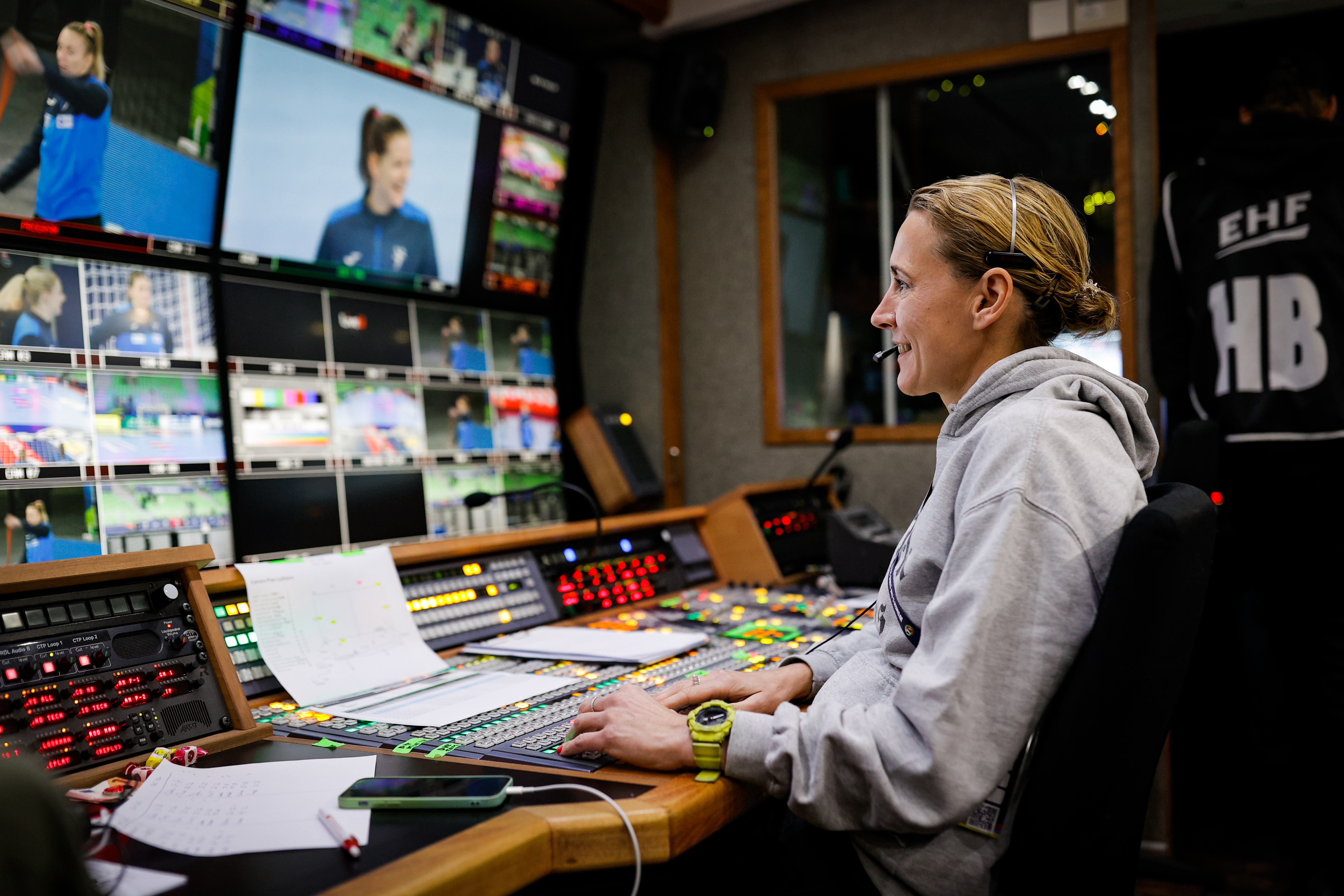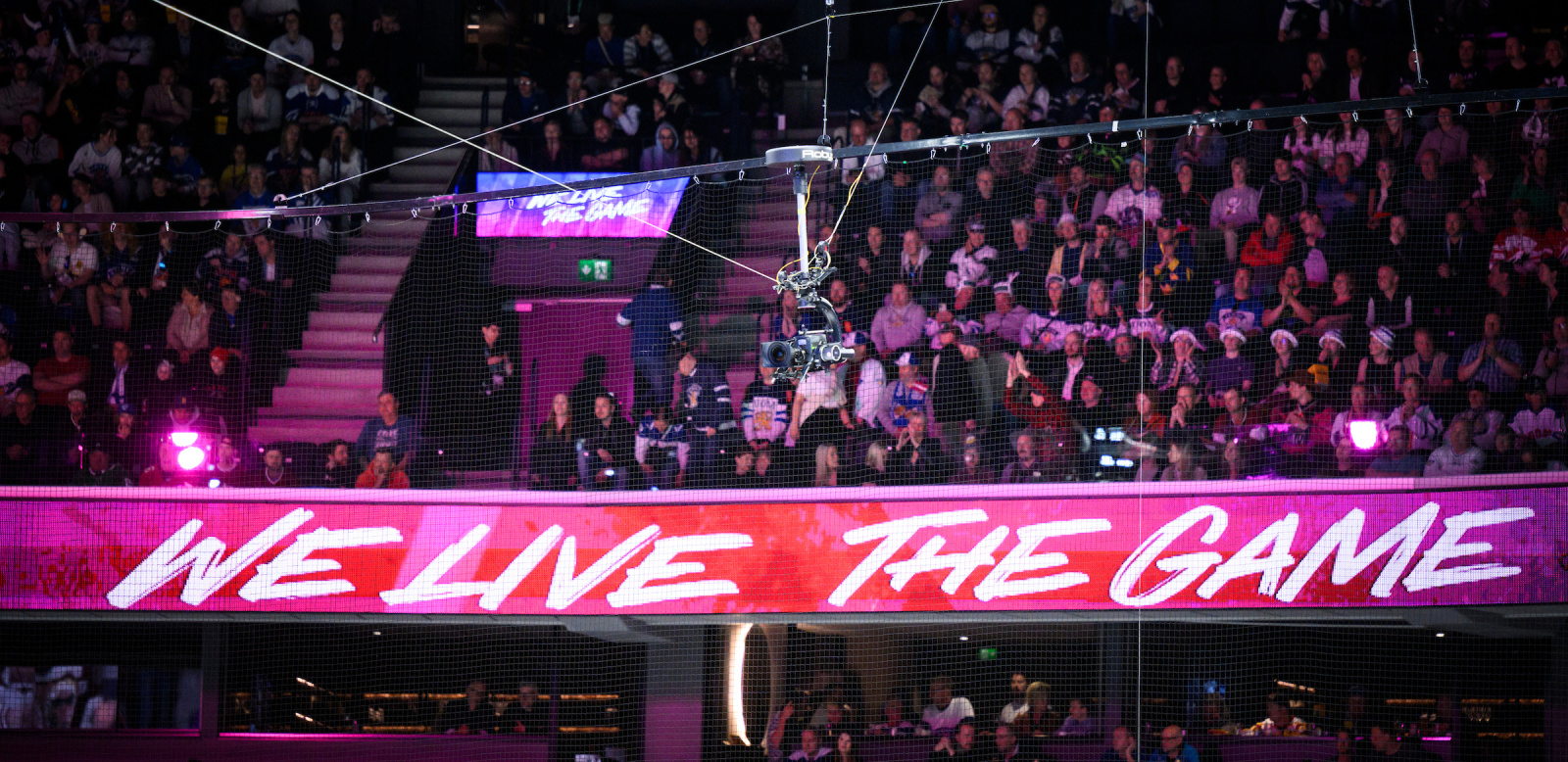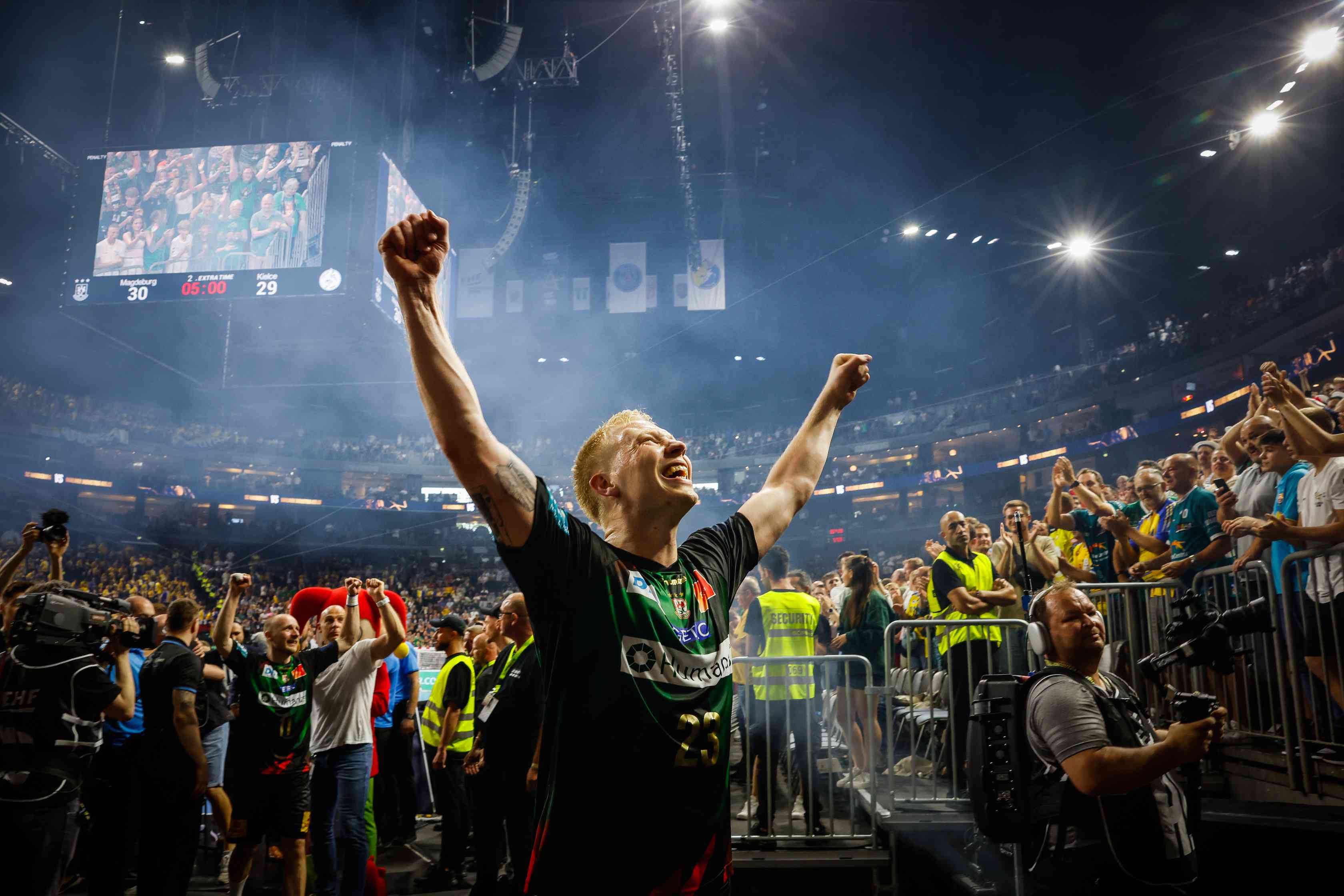Across the production industry – whether for box-office hits or sports broadcasts, women rarely break through the glass ceiling. The female roles are generally limited to junior or support functions rather than crucial and top tech roles of a director or producer.
A San Diego study released earlier this year, indicated that women accounted for 11% of directors working on the top 250 films in 2017, equivalent with the percentage achieved in 2000. I would bet that in the niche field of sports production, the percentage is even less.
Why is this and what can we do about it?
Gender inequality is prevalent across all industries. And without suitable role models or conscious training efforts, nothing will change. The more women we can elevate to senior positions, the more aspiring female directors we can motivate. The more hands-on training we provide, the more confident and competent female directors we will have in the industry.
At the HBS Broadcast Academy, our approach is two-phased:
-
Phase One: Create role models. Select women from the industry to train as producers/directors. Through operational training and a mentor/mentee relationship, female participants will progress in their careers, while being part of directing crews at major sporting events around the world.
-
Phase Two: Encourage girls and young women to join the broadcast industry by hosting seminars and workshops at universities and high schools, to highlight the benefits of joining the industry.
Utilising the EVS Live TV Simulator helps make training even more effective by recreating the challenges of an outside broadcast environment. Like a pilot learning to fly, we need to put women in the director's seat and equip them with the knowledge and experience to succeed.
Since the launch of the Gender Equality in Sports Broadcast initiative last year more than 50 women have participated in our courses. We want to not only raise the opportunities for women, but also to raise production quality standards across the board. It's about leaving a legacy in sports broadcasting and a legacy for women.




.jpg)

